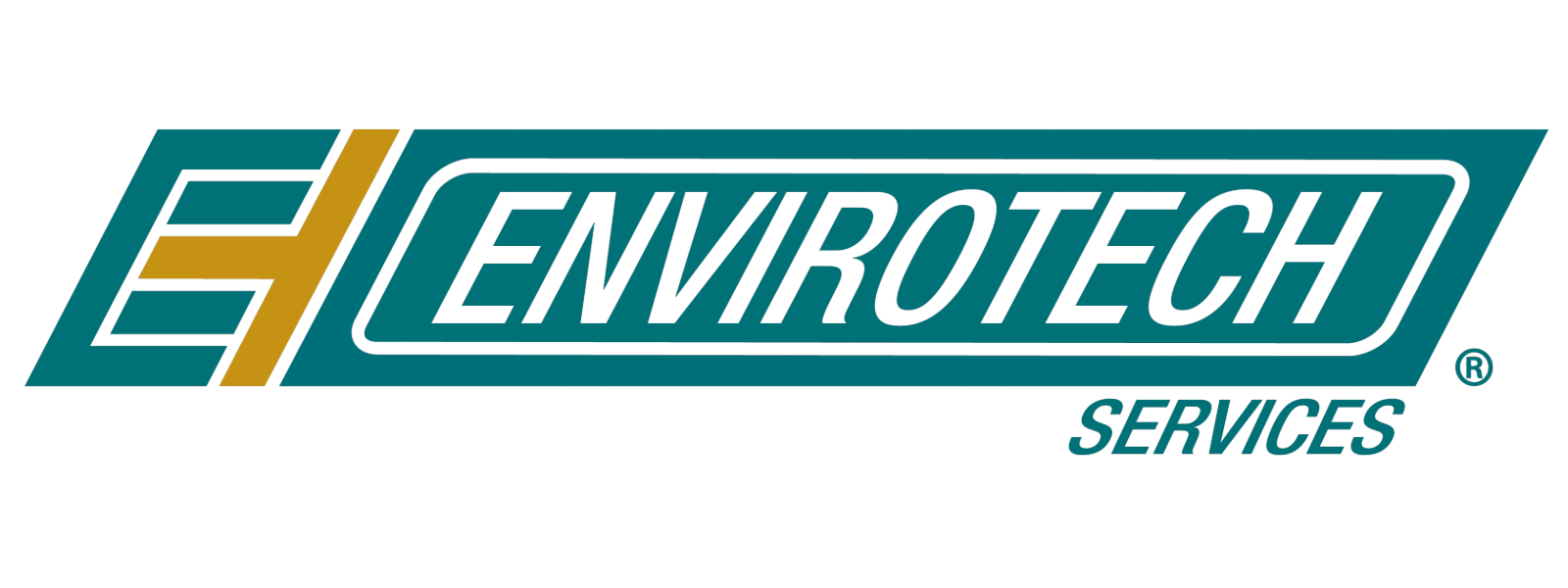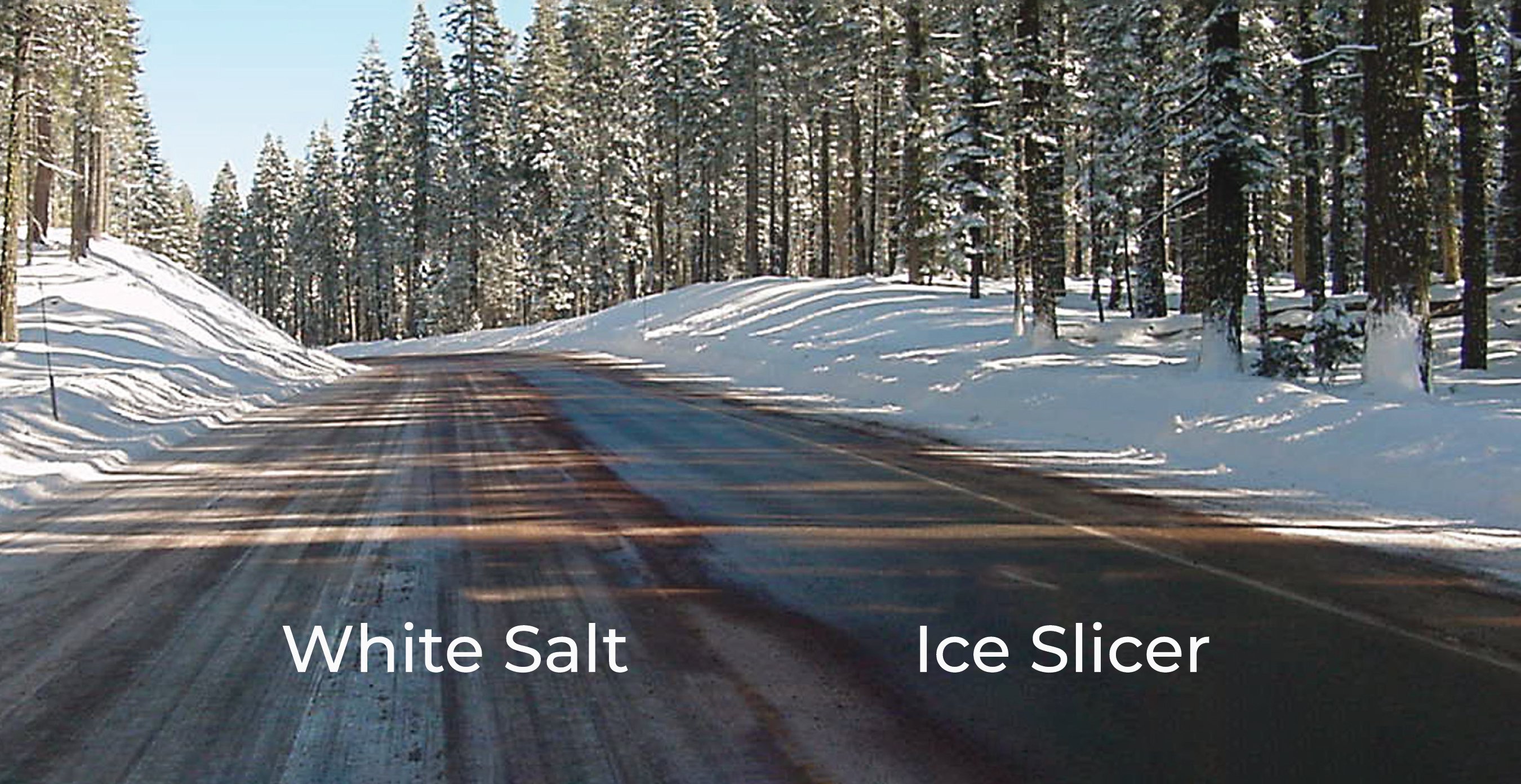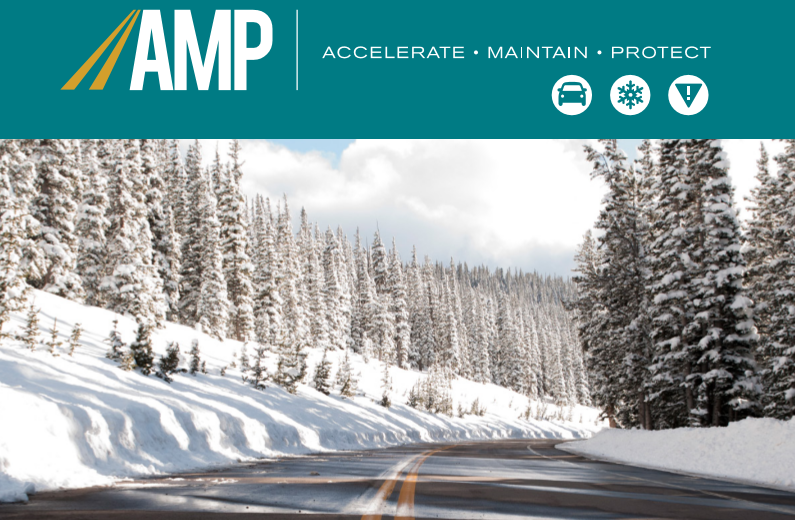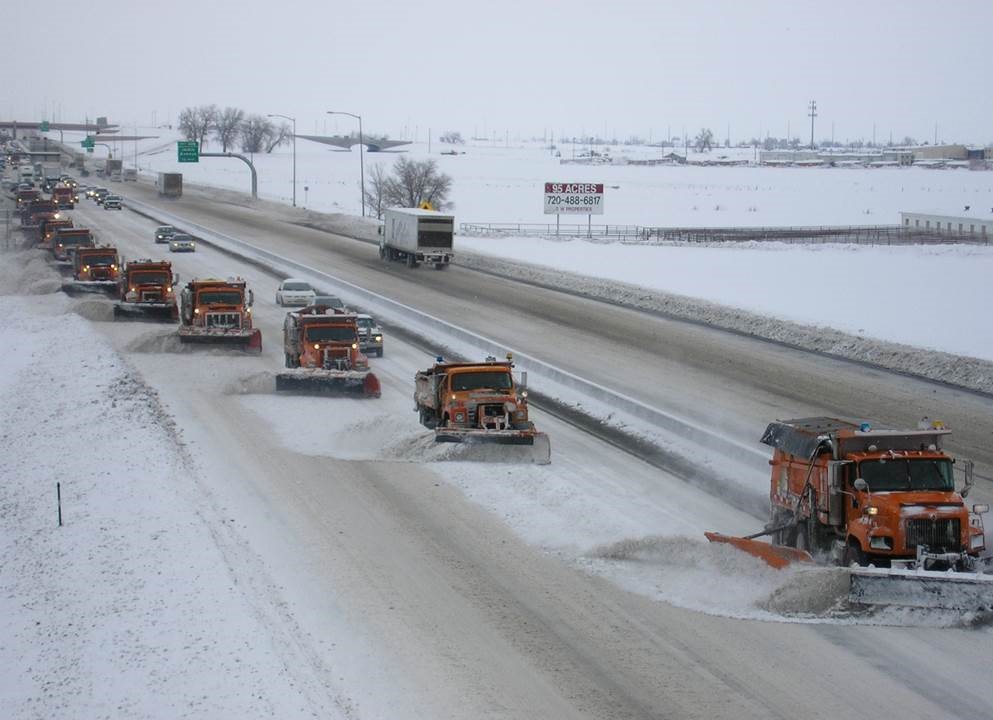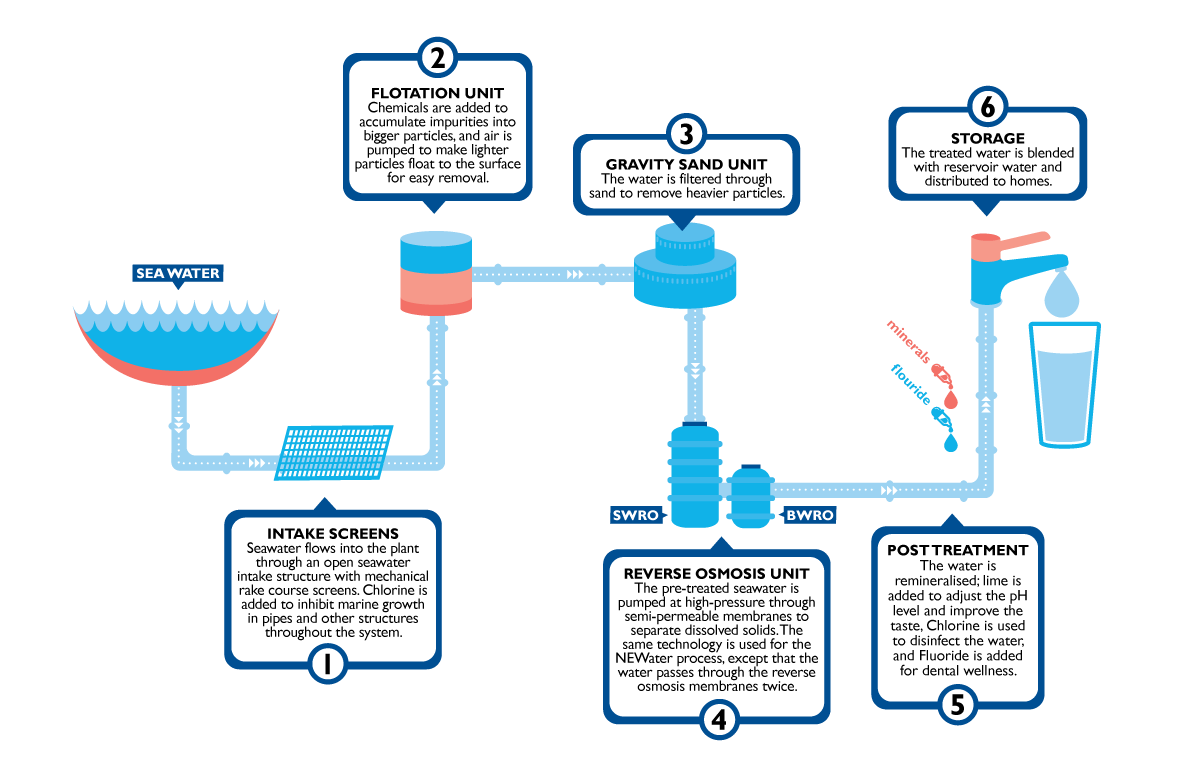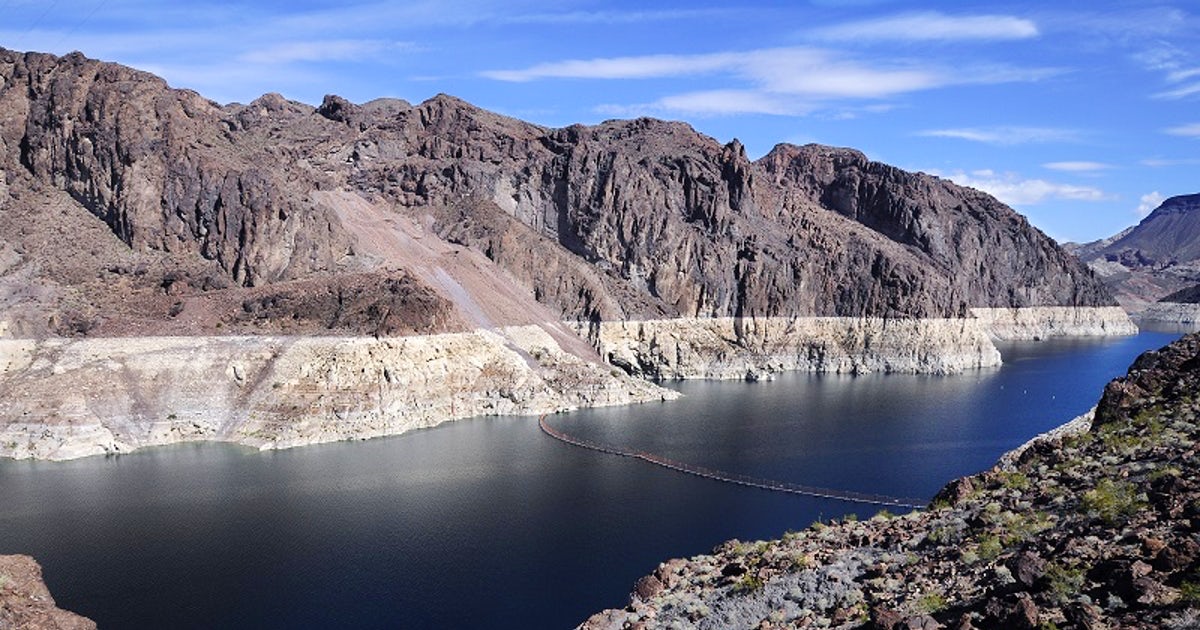Granular deicer, Ice Slicer®, has increased power to break the bond of snow and ice from various surfaces compared to traditional deicing solutions. Ice Slicer is a homogenous (non-blended) solution primarily composed of four complex chlorides and 50+ trace minerals. Although the initial price of Ice Slicer might be higher than traditional solutions, the superior performance decreases overall costs because of lower application rates and reduced manpower. Additionally, the natural corrosion-inhibitors crystallized within each granule prevents excess damage to machinery, which decreases the overall cost of ownership.
Don't just take our word for it. Let's look at study results comparing Ice Slicer's performance to white salt, solar salt, and sand.
